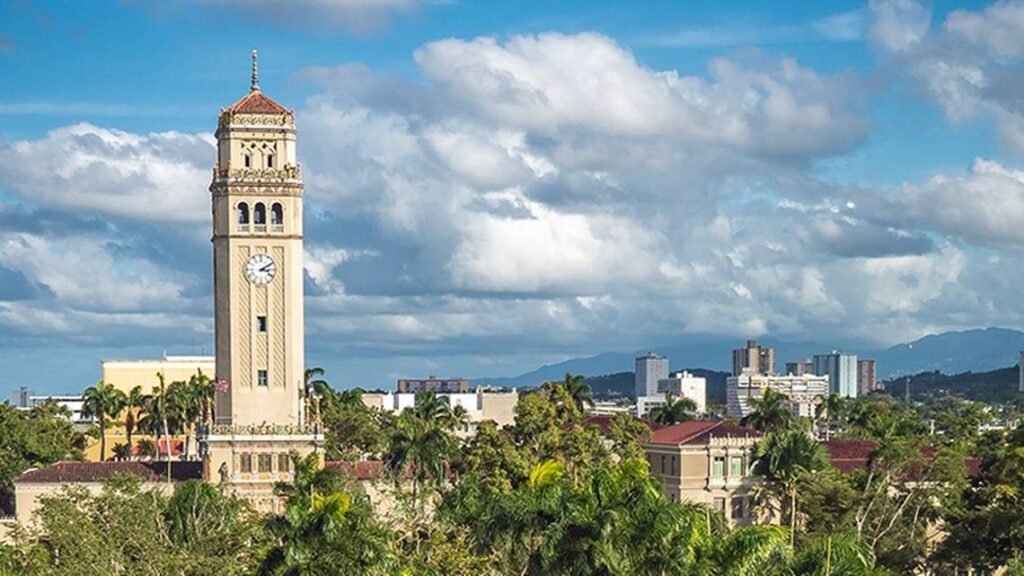SAN JUAN — Puerto Ricans who self-identify as having very light skin tones have better health outcomes than counterparts who self-identify as having the darkest skin tones, according to a peer-reviewed scientific study that evaluated the impact of racial discrimination on physical and emotional well-being.
The investigation conducted by two University of Puerto Rico professors, Isar Godreau and José Caraballo-Cueto, determined that colorism — prejudice on the basis of skin tone that favors lighter skin— “plays a significant role in health outcomes of dark-skinned Puerto Ricans in Puerto Rico.”
“We discovered there was a disproportion of black or dark-skinned people who felt worse in health,” said Caraballo-Cueto. “This finding was consistent, no matter what statistical model we used, or if I was controlling for sex, age or income level.”
The study was born out of an interest to have more data to quantify the impact of racism on health-related outcomes in Puerto Rico, following research trends in the United States and Latin America. To carry out the investigation, Caraballo-Cueto and Godreau requested that the Puerto Rico Department of Health include a question that measured a skin tone scale in a comprehensive health survey it conducts yearly over the phone.
The scale measured skin color from one, very light, to six, very dark. The researchers said skin color was one important way Puerto Ricans conceptualize race, adding that kind of ranking had been shown to measure racial discrimination and inequality effectively in Latin America.
Nearly 6,000 people from across Puerto Rico were randomly selected to participate in the public health agency’s annual survey.
“They are very robust and representative samples of Puerto Rico,” said Godreau.
The comprehensive and far-ranging nature of the study allowed the researchers to extrapolate that “approximately 202,817 dark-skinned individuals in Puerto Rico reported worse general health status than the 425,415 very light-skinned individuals who lived in the Puerto Rican Archipelago.”
Both academics emphasized that the purpose of the research was not to only conclude that Black or darker-skinned Puerto Ricans suffered worse health conditions than lighter-skinned ones, but that racism and colorism made them more vulnerable to medical problems and illness.
Another significant finding was that there were more lighter-skinned Puerto Ricans represented in the top income level compared to darker-skinned Puerto Ricans.
“We know there is a relationship between race and class because of the effects of slavery. Until now I had not read an investigation that statistically demonstrated that people with darker skin in Puerto Rico were poorer,” said Godreau. “Even if it’s something obvious that everyone knows.”
The pair of academics also evaluated the race categories, set by the U.S. Office of Management and Budget and used in the U.S. Census, that are already included in the survey. The American government asks people to identify themselves under guidelines that mix race and ethnicity.
But Godreau and Caraballo-Cueto found that federal racial data collection practices do not correspond to the way that Puerto Ricans typically understand race and other identity markers, especially compared to skin color.
The U.S. Census asks people to self-identify as White, Black or African-American, American Indian and Asian, along with other ethno-racial categories that also include Hispanic. The scale the University of Puerto Rico researchers employed asks people to define themselves in terms of skin color, which the federal government does not do.
“In the case of the United States it is not just physical appearance that is important for racism, but also ethnicity [and geographic origins]” Caraballo-Cueto said. “In the case of Puerto Rico, like a large part of Latin America, it is not so much your ethnicity, although there is an important xenophobic component in racism, but rather physical appearance.
The study has become a bellwether for the pair on how ineffective and inconsistent the racial and ethnic categories that the federal government uses can be to collect accurate data on the island.
“Perhaps the first important finding is that this federal question does not fit well with the Puerto Rico concept. And it does not help us to discover racial manifestations or manifestations of racism in Puerto Rico,” said Caraballo-Cueto, who added that gaps in government data include the racial composition of public school students or of victims of domestic violence.
Both researchers hope that the local and federal government will also consider tracking skin tone along other measures of race and ethnicity in future questionnaires — from everything from restraining order requests to public scholarship applications.
“The study is a call to public policy that when it compiles sociodemographic and racial data, that they think about using this scale to the federal categories that don’t work to document the problem,” said Godreau.
By SYRA ORTIZ-BLANES/THE MIAMI HERALD
”

